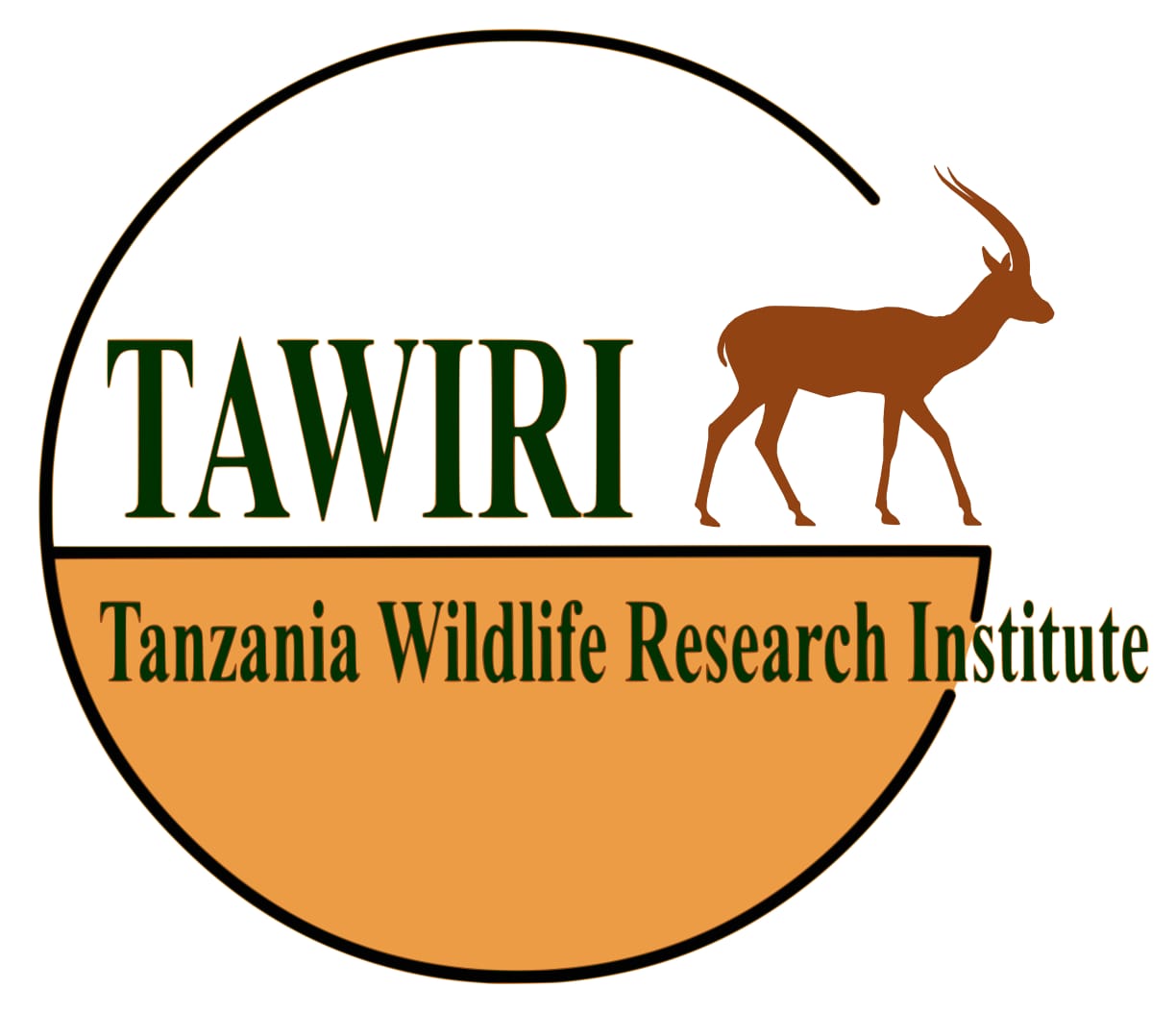Research Preview

Principle Investigator:
Introduction
Problem Statment
General Research Objective
Other Details
| Clearance# | Clearance Date | Permit# | Permit Date | Commencement Date | Completion Date |
|---|---|---|---|---|---|
| None | CST00001104-2025-2025-00356 | Dec. 3, 2025, midnight | Feb. 25, 2025 | Dec. 25, 2027 |
Priority Research Theme & Areas
| Priority Research Theme | Research Area |
|---|---|
| HABITAT AND BIODIVERSITY CONSERVATION | Biodiversity inventories |
| HABITAT AND BIODIVERSITY CONSERVATION | Climate Change; and Pollinators and pollination services |
| EMERGING TECHNOLOGIES AND CONSERVATION | Molecular technology in wildlife conservation |
| CLIMATE CHANGE AND VARIABILITY | Climate change; and pollinators and pollination services-move to habitat and conservation service |
| HABITAT AND BIODIVERSITY CONSERVATION | Climate Change and Vegetation Dynamics |
Project Location
| Region | Wildlife Area | District | Species |
|---|---|---|---|
|
Kilimanjaro Kagera Tanga Kigoma Ruvuma Morogoro Rukwa Katavi Arusha Iringa Mbeya Njombe Manyara Songwe |
Arusha Ruaha Gombe Kilimanjaro Mahale Udzungwa Kitulo Ngorongoro Amani Chome Mlima Hanang Kalambo River Kilombero Magombera Pindiro Nilo Rondo Magamba Minziro Uluguru Mkingu U z u n g w a Scarp Rungwe Itulu hills Mwambesi Uzigua Essimongor Mahenge Scarp Rungwa River Ugalla River Uzungwa Kawetire Kiwira Korogwe Longuza Meru/Usa Ukaguru North Kilimanjaro Rondo Sao Hill Shume West Kilimanjaro Wino – Ifinga |
Project Researchers
| Researcher | Role |
|---|---|
| Evaline Munisi | Principal Investigator |
| EMMANUEL MASENGA | Co-researcher |
| Linus Munishi | referee |
| Richard Mbunda | referee |
Reseach Objectives
| Sn | Objective | Methods | Description | ||||
|---|---|---|---|---|---|---|---|
| 1 | 1) To revise the genus Impatiens of Tropical Africa using both morphological and molecular approaches and address uncertainties in tropical Africa, with a specific focus on the Eastern Africa region |
|
|||||
| 2 | 2) To review and expand the family-wide phylogenetic study by utilizing morphological data together with single-copy gene SNPs, complete chloroplast (cp) genome data, nuclear ribosomal DNA (nrDNA) data and extensive sampling |
|
|||||
| 3 | 3) To test the monophyly of Impatiens sections Uniflorae and Tuberosae, and reconstruct the character evolution of key traits for these sections, identifying suitable diagnostic characters, and refining the taxonomic delimitation of these sections |
|
|||||
| 4 | 4) To identify effective pollinators of Impatiens by analyzing the morphological characteristics of flowers and their respective flower visitors. |
|
|||||
| 5 | 5) To explore and compare the spatial genetic structure and reconstruct the biogeographic history of Impatiens species by describing the distribution of genetic variation across populations within the Afromontane forests of Africa |
|
|||||
| 6 | To investigate possible hybridization and introgression and test hypotheses of interspecific gene flow events within the genus Impatiens | ||||||
| 7 | 7) To investigate the long-term evolutionary impact of hybridization within the genus Impatiens by identifying hybrid specimens, comparing relative rates of species formation with parent species, and reconstructing historical and geographical ranges. |
|
|||||
| 8 | 8) To analyze the quantitative and qualitative macro- and micromorphological traits of seeds and capsules from East African Impatiens species, assessing the utility of seed and carpological characteristics for taxonomic identification |
|
|||||
Reseach Attachments
| Attachment Name | Attachment |
|---|---|
| Full Proposal | FINAL_DRAFT_OPENING_REPORT_AND_PROPOSAL-EVALINE_MUNISI_second2.pdf |
 Nwris
Nwris